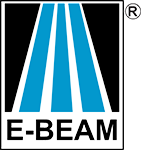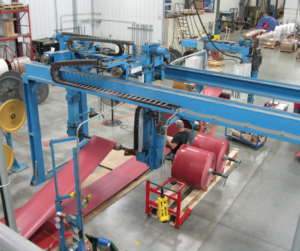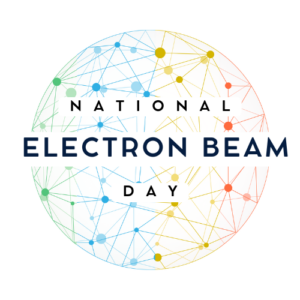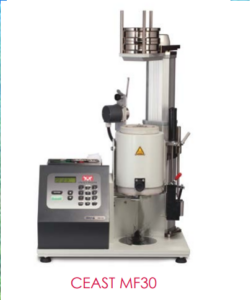You might remember from high school chemistry class that solubility is increased by chemical similarity between solute and solvent. Plastics will be most vulnerable to chemicals in which it is soluble. Therefore, you can tailor your choice of plastics so that it is resistant to a specific class of chemicals, or –very efficiently — increase overall chemical resistance via crosslinking!
Chemical resistance can relate to a broad range of polymer behaviors, and a common desirable property is environmental stress cracking resistance (or ESCR). Environmental stress cracking “is the susceptibility of a thermoplastic part to crack or craze formation under the influence of certain chemicals, aging, weather, and/or stress” (according to Rosato’s Plastics Encyclopedia and Dictionary). ESCR is used to quantify how chemically resistant a plastic is in a given environment. ESCR is reported as the hours it takes for half of a given number of samples to develop stress cracks (ASTM D1693).
Depending on the plastic you are using and the application, crosslinking will increase the chemical resistance to varying degrees. Generally, as crosslinking increases, the solubility and swelling will decrease. Therefore, ESCR improves with increasing e-beam treatment (dose). For example, the stress cracking resistance of a HDPE with a 3.9 Melt Index will be 90 hours without irradiation. After irradiation with e-beam at 200 kGy, it increases to over 6,000 hours. (Cheng, Radiation Processing of Polymer Materials and Its Industrial Applications)! See our literature about what plastics can be crosslinked effectively by e-beam processing, with or without additives.
The best way to find out exactly how much improvement in chemical resistance you can achieve is to do an experiment on your plastic of choice. We make it easy for you:we can beam samples at different e-beam doses and then you can test their ESCR. Testing is available in facilities such as Stress Engineering.
www.ebeamservices.com • Ohio (513) 933-0031 • New Jersey (609) 655-7460



